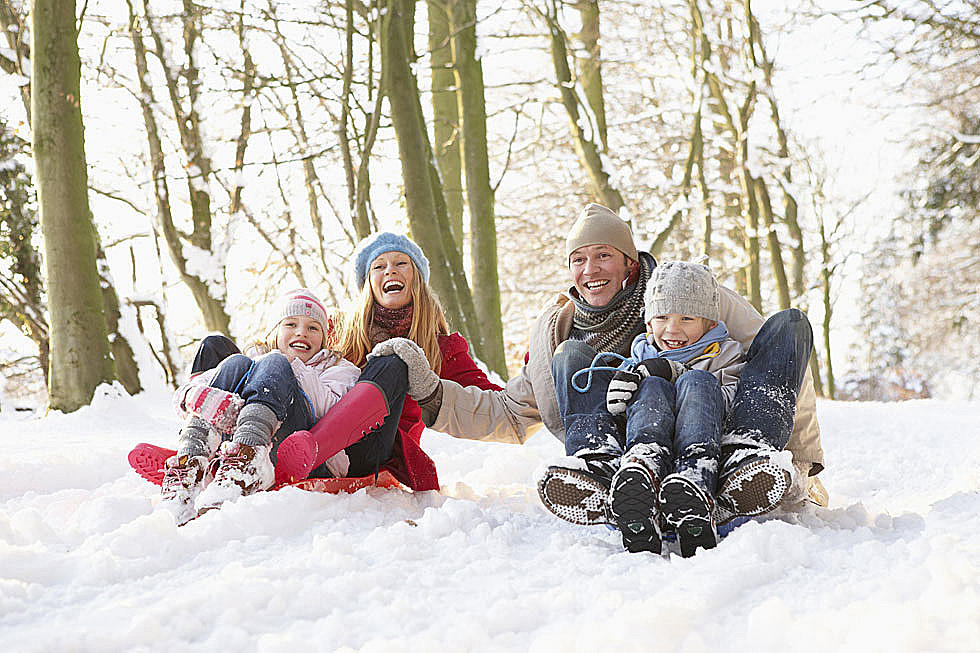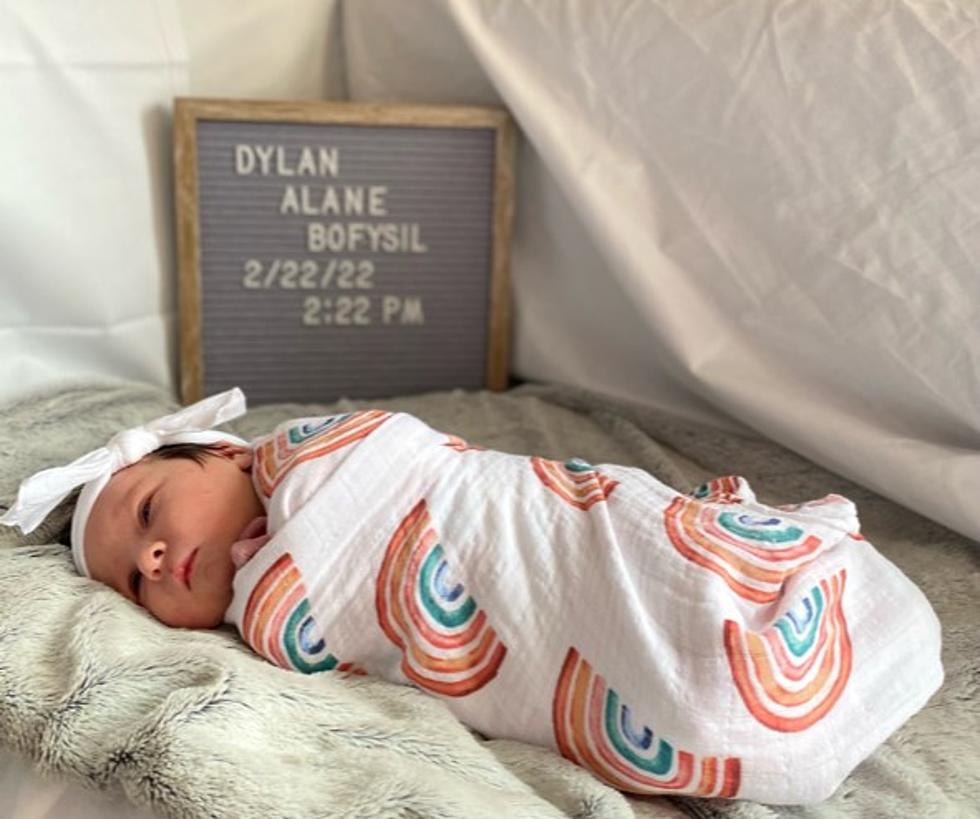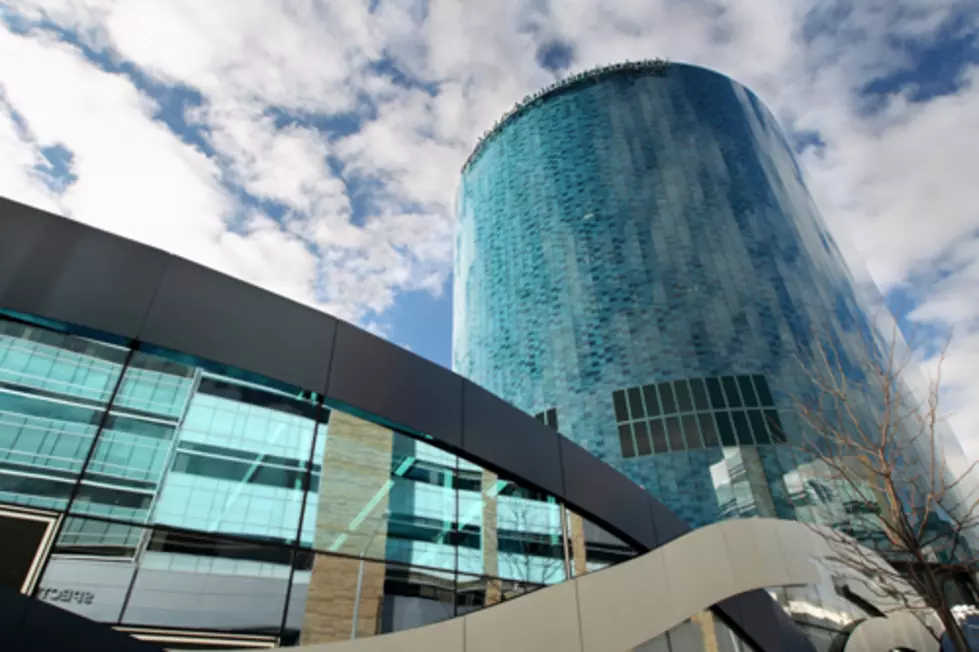
West Michigan Sledding Safety Tips From the Experts
A horrendous sledding accident Saturday, which left a four-year-old boy in the hospital, and police searching for the person or persons who ran him over, has West Michigan parents asking, "How do I keep my kids safe while they're sledding?"
While accidents can and will happen, there are precautions that you can take to protect your children while they're sledding this winter. I consulted with the folks at Helen DeVos Children's Hospital and Safe Kids West Michgan (Mercy Health) to find out what parents need to know when it comes to sledding safety.
According to national statistics, sledding injuries send tens of thousands of kids to the hospital every year. Many of these injuries are head injuries, which can be deadly.
The first thing that parents should consider when taking their children sledding is the sledding hill itself. Choosing the proper sledding hill can make a huge difference in the safety of your child. Both sources I reached out to suggest that you look at the following factors when looking for a sledding hill:
- Make sure that the hill is not too steep and has a long flat area at the bottom so that your kids can glide to a stop.
- You should try to avoid hillsides that end near a street or parking lot.
- Also avoid hills that end near ponds, trees, fences, or other hazards.
- Check the hill for obstacles like "jumps, bumps, rocks, or trees" before your kids begin sledding.
- Go for a hill that's snowy, not icy. If a child falls off a sled, icy hills make for hard landings.
- Always try to have your kids sled during daylight hours, when visibility is better. If your child goes sledding at night, make sure the hill is well lit.
Another part of sledding safety that we don't always think about is dressing for conditions:
- Before heading out the the hill be sure your kids have all of the winter clothing they need — hats, gloves or mittens, snow pants, winter jacket, and snow boots. These items should be waterproof and warm. Parents should also bring along a change of clothes, just in case their child's clothes get wet.
- Kids should not wear scarves or any other clothing that could get caught in a sled and pose a risk of strangulation.
- They may not like it, but kids should always wear helmets while sledding. Especially if they're 12 or younger. Helmets designed for winter sports (skiing, snowboarding, etc.) work best, but if you don't have access to one, a bike helmet will suffice.
The sled itself plays a huge role in sledding safety. The best sleds are ones that can be steered by their riders and have brakes. The experts suggest that parents and children steer clear of sleds that can't be steered, like saucers or plastic toboggans. They also say that we should never use a sled substitute such as an inner tube, lunch tray, or cardboard box.
Now that you've bundled up, have the proper sled, and have found the perfect sledding hill, there are just a few more basic sledding safety rules that should be followed:
- A responsible adult should always be on hand to supervise.
- Young kids (5 and under) should sled with an adult, and kids under 12 should be supervised at all times.
- Children should always face-forward on their sleds. Never let them sled down a hill backwards or while standing.
- Do not allows kids to build an artificial jump or other such obstacle on the sledding hill.
- Remind kids to keep their arms and legs within the sled at all times.
- Teach kids that if they're on a sled that won't stop, to roll off it and get away from it.
- Be sure kids walk up the side of the hill and leave the middle open for other sledders.
- Never allow a child to ride a sled that is being pulled by a moving vehicle. (People do that?!?)
While it's pretty unlikely that kids will be injured while sledding, the possibility definitely exists. Taking some extra time to dress them properly and make sure they follow these safety guidelines will result in them having a better time. Plus, you'll rest easier knowing you have less to worry about.
More From Mix 95.7









